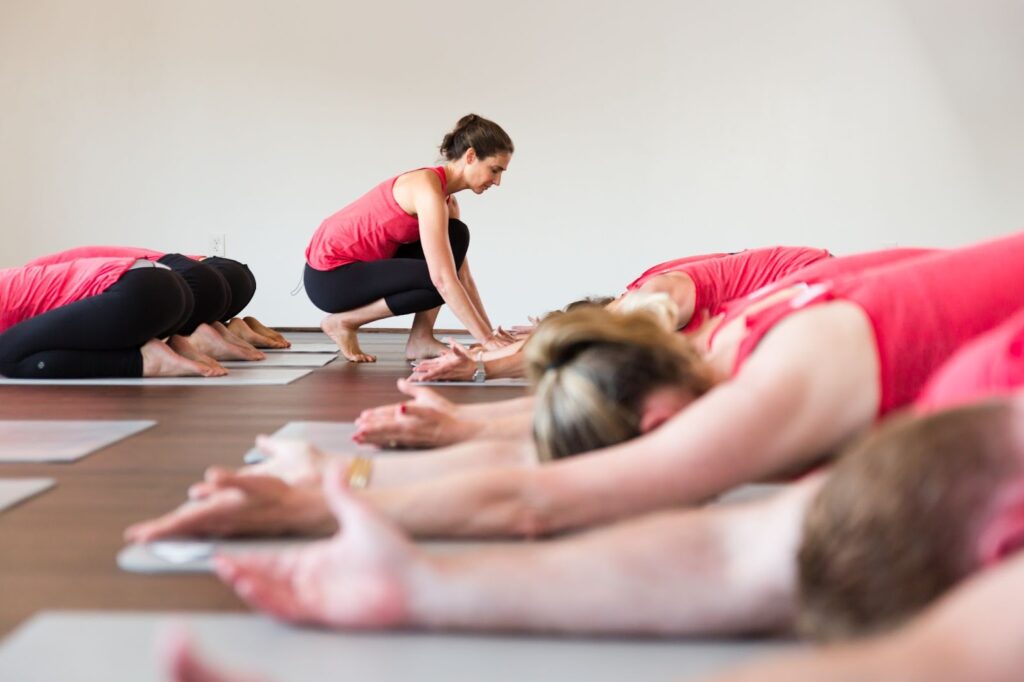Think about how you stand. Are you drawing your low belly in and trying to stand as tall as possible? Believe it or not, you may be doing too much. More often than not, when people try to correct their posture, they over-correct and can wind up creating more issues for themselves.
The muscles of our body responsible for postural stability have something called anticipatory stability. This means that prior to a pre-planned movement, the muscles that stabilize the trunk contract. So, prior to picking up your phone, your pelvic floor, transversus abdominus, and multifidi contract to support your spine. This happens automatically! If it did not, our day-to-day functioning would be inundated with motor tasks and decisions. The body is intelligent and knows what it needs to keep itself supported and functioning.
However, with trauma, this mechanism gets delayed. So instead of contracting prior to a movement, these muscles contract after. However, we are still able to execute the movement, so how is the body doing that? In this case, it will overload other muscles to pick up the slack when our postural muscles are late to the party. Over time, this substitution can lead to pain and abnormal movement patterns that don’t serve us in the long run.
Knowing this, I have seen people try to contract their low belly and pelvic floor in an attempt to retrain the musculature to stabilize the spine. However, we must remember that these mechanisms should be automatic so likely, we are contracting too much in attempts to get these muscles back online. In physical therapy, I would categorize this pattern as a gripping pattern. Over-gripping the pelvic floor and low belly can lead to tissue restriction, excessive pressure on the pelvic organs, and pain. So, where is the balance between staying engaged and upright and over-gripping? The answer lies in the Triple S.
Our bodies are at neutral when the skull is aligned with the scapulae and sacrum – the Triple S. This places the body in a position where the postural support muscles are engaged without needing to additionally contract. This is the position where our breathing is optimized and our core can begin to work more efficiently. Ultimately, when performing a postural correction, less is more. Simply grow tall, keep your Triple S aligned, and you will be golden.






